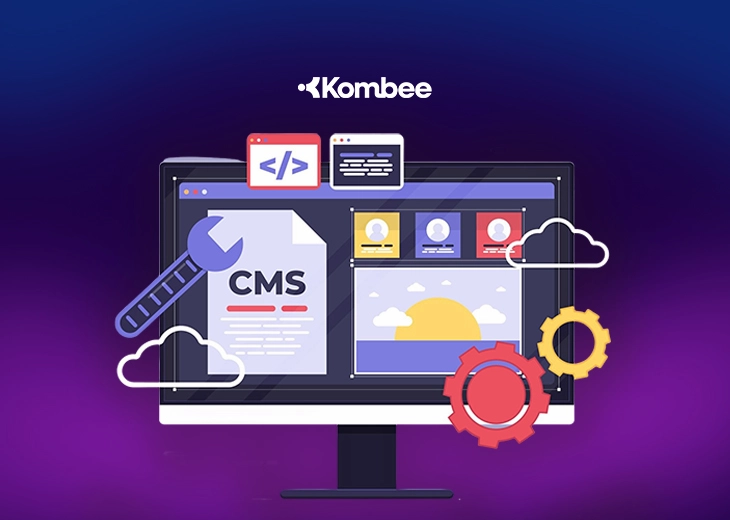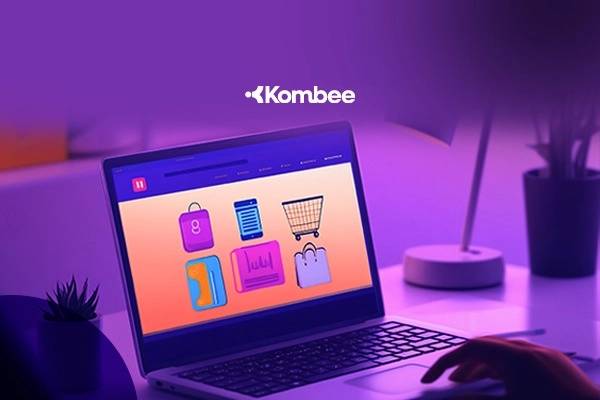Introduction
Is your online store struggling to scale? The growth of the business may be encountering issues such as slow website performance, challenges to add new features, or inability to manage its inventory across a multitude of channels. These difficulties often arise when systems are integrated too tightly into each other. They become complicated to evolve rapidly in times of change, such as during peak traffic. If this sounds like what you currently face, consider headless commerce services.
After all, business processes stagnate if systems can't handle growth and cannot launch new features quickly enough. Scalable systems manage data and make it easier for businesses to roll out features on time while keeping up with the development of market changes.
This blog delves into how headless commerce solutions can help your business overcome scaling challenges and thrive in e-commerce.
Why is Scaling Your Online Store so Challenging?
As an online store grows, it often faces the following issues:
Performance Issues During High Traffic:
When systems are too tightly integrated, they can slow down during busy periods, frustrating customers and hurting sales.
Difficulty Adding New Features:
Adding new features quickly becomes more complex with traditional eCommerce systems, leading to delays in responding to market changes.
Managing Inventory Across Channels:
It is quite challenging to manage inventory across multiple sales platforms, which causes problems such as overselling and customer dissatisfaction.
To remain competitive, online retailers need a system that can separate the frontend (what customers see) from the backend (how the system works behind the scenes), offering flexibility and the ability to scale quickly.
How Can a Headless CMS Simplify Your Content Management?
Headless Commerce is the new face of the e-commerce structure. Decoupling the frontend presentation layer from the backend functionalities brings businesses unprecedented flexibility, scalability, and performance. This is how headless commerce solutions solve the issues that commonly appear in e-commerce challenges.
1. Decoupled Architecture for Scalability
E-commerce systems are highly coupled in frontend and backend. Tight coupling between layers can lead to bottlenecks when scaling is required. In headless commerce, this tight coupling is solved by decoupling the layers:
The customer-facing interface in the frontend layer. This can be customised independently to create dynamic, engaging shopping experiences. It uses new technology like React or Vue.js for the frontend layer, and the APIs between the front and backend provide rapid exchange and seamless integration.
Backend Layer deals with business logic, inventory management, and payment processing. With the backend being decoupled from the frontend, optimising the backend operations independent of the customer experience is possible.
The decoupling of the architecture allows each layer to scale independently, which is critical for managing increased traffic and expanding into new markets.
- Independent Scaling: Business backend capabilities, such as server resources, can be enhanced without affecting the user experience of the front end. This independent scaling is required when peak shopping times arrive on traditional platforms.
- Load Balancing: With headless commerce, backend processes are distributed across multiple servers or containers to ensure optimal performance during high-demand situations. For instance, a subscription box company that wants to expand globally can add localised channels without reworking the core backend, ensuring performance across different languages and currencies.
2. Agility in Development and Deployment
The separation of frontend and backend systems enables the development teams to work concurrently on both layers, thus significantly improving the time-to-market for new features.
- The Rollout of Features in a Quicker Manner: Teams can bring new functionalities to different channels, like websites, mobile apps, or social media, without waiting for changes in the other layer. This agility lets businesses respond to market trends or consumer feedback.
- Testing and Iteration: In headless commerce, multiple versions of a company's user interface can be tested simultaneously, helping companies understand customer reactions and make appropriate improvements. It eventually results in increased customer interaction and conversion rates.
3. Omnichannel Experience
Headless commerce ensures that seamless integration across all the sales channels is possible. That is the crux of modern retailing strategies.
- Unifies the customer experience: With one system, retailers can provide a uniform experience across all shopping channels like the website, the mobile app, or the social media- and therefore ensure that customers get uniform service no matter what channel they interact with.
- Adaptability to New Channels: Businesses can quickly launch new digital touchpoints, such as AR/VR experiences or social media storefronts, without disrupting operations. The API-driven nature of headless commerce facilitates this adaptability, allowing brands to explore innovative sales channels as they emerge.
4. Better Performance and Reliability
Performance is critical to e-commerce success, particularly regarding page load times and system reliability.
- Faster Load Times: Headless architectures usually apply new frontend technologies that increase loading speeds. Faster performance also helps improve customer satisfaction, and with that comes better rankings on search engines for higher visibility and traffic.
- Resilience against Traffic Surges: Headless systems are made to take spikes in traffic without crashing or slowing down. That's an assurance of keeping the store running even at high-demand times, allowing customers to get there when needed.
5. Flexibility for Future Growth
Flexibility was built into the headless commerce architecture to allow businesses to adjust all their technology stack.
- Best-of-Breed Integrations: Businesses can connect point solutions for particular functionalities, such as payment processing and inventory management, without being confined to a single provider's network. This means retailers can pick best-of-breed solutions to address their changing requirements.
- Modular Upgrades: As technology evolves, businesses can swap out components of their tech stack (like changing payment gateways or content management systems) without overhauling the entire platform. This modularity future-proofs the business against technological advancements.
Final Thoughts
Headless commerce separates the front end from the backend in an online store, making it easier to scale. This flexible model helps you stay competitive, quickly adapt to new channels, and simplify management, letting you deliver smooth shopping experiences.
Kombee's headless commerce services provide this flexible model so you can focus on growth. As e-commerce continues to evolve, adopting headless commerce will be key to overcoming traditional boundaries and ensuring a long-term trajectory. Be ready to scale, optimise, and deliver seamless channel-agnostic experiences without being chained to a singular, rigid platform for sustainable growth online.
Frequently Asked Question
1. How can headless commerce help scale an online store?
Headless commerce decouples the frontend from the backend, allowing independent scaling of both layers. This improves performance during high traffic, enables rapid feature rollout, and simplifies expansion into new markets.
2. What are the benefits of headless commerce for omnichannel retailing?
Headless commerce allows a unified customer experience across websites, apps, and social media channels. Its API-driven architecture enables businesses to quickly launch new digital touchpoints while maintaining consistent messaging.
3. How does headless commerce improve performance and flexibility for online stores?
By separating frontend and backend, headless commerce ensures faster load times, resilience against traffic spikes, and modular upgrades. Businesses can integrate best-of-breed solutions, future-proofing their technology stack.







